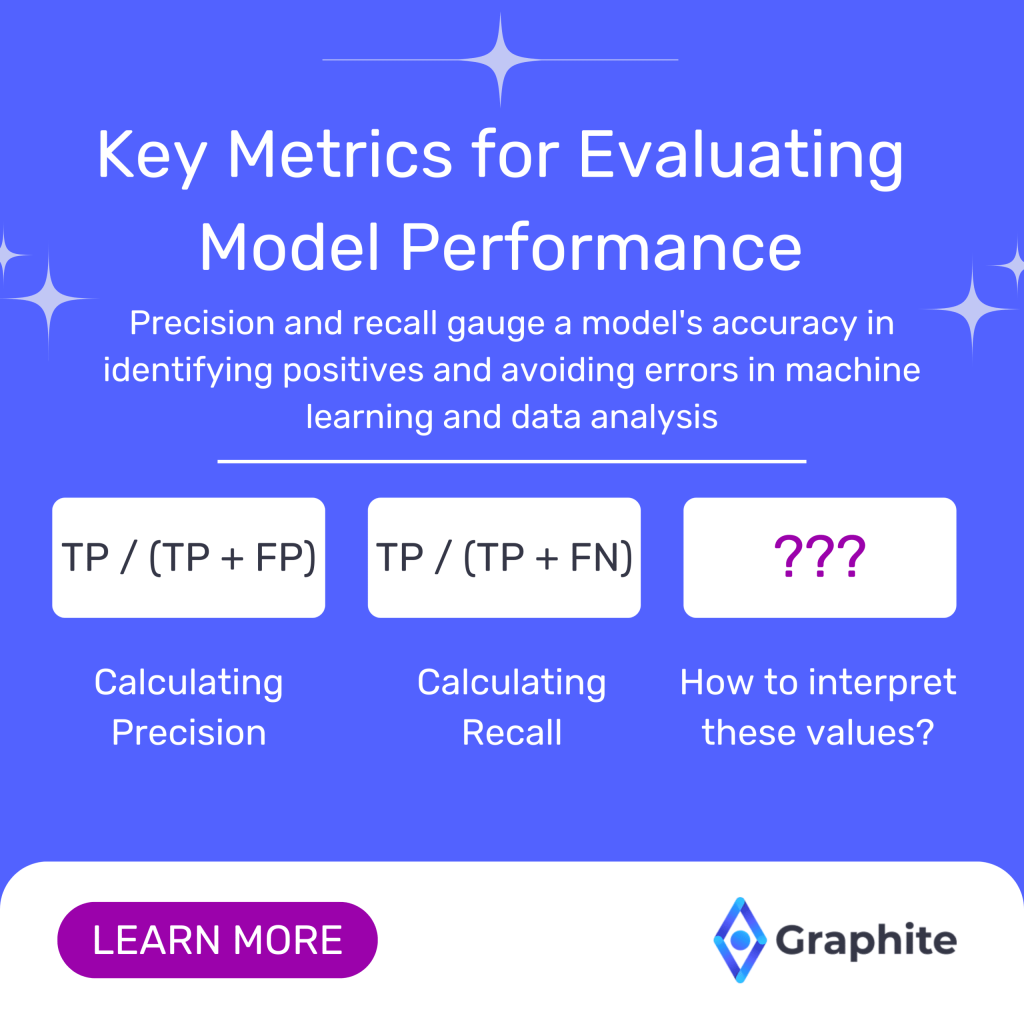Dimensionality Reduction
Dimensionality reduction is a crucial concept in the realm of data science and machine learning, serving as a bridge between raw data and actionable insights. As datasets grow in complexity and size, the need to simplify them without losing essential information becomes paramount. This article delves into the intricacies of dimensionality reduction, exploring its significance, techniques, and applications in various fields. The ability to distill vast amounts of data into more manageable forms not only enhances computational efficiency but also aids in the interpretability of results, making it a fundamental aspect of modern data analysis.
What is Dimensionality Reduction?
At its core, dimensionality reduction refers to the process of reducing the number of random variables under consideration, obtaining a set of principal variables. This technique is not merely about reducing dimensions; it is about preserving the structure and relationships within the data. By condensing information, we can enhance the efficiency of algorithms and improve visualization. The challenge lies in ensuring that the most significant features of the data are retained while extraneous noise is filtered out. This balance is critical, as it directly impacts the performance of machine learning models and the clarity of data visualizations.
The Importance of Dimensionality Reduction
Dimensionality reduction plays a pivotal role in several aspects of data analysis:
- Improved Performance: Algorithms often perform better with fewer dimensions, as they can focus on the most relevant features. This improvement is particularly evident in algorithms that rely on distance metrics, such as k-nearest neighbors, where the curse of dimensionality can severely hinder performance.
- Reduced Overfitting: By eliminating noise and irrelevant features, models are less likely to overfit the training data. This is especially important in scenarios where the number of features exceeds the number of observations, a common occurrence in high-dimensional datasets.
- Enhanced Visualization: Lower-dimensional representations allow for easier interpretation and visualization of complex datasets. Techniques like PCA and t-SNE enable data scientists to create meaningful visualizations that can reveal underlying patterns and relationships that may not be immediately apparent in high-dimensional space.
Common Techniques for Dimensionality Reduction
Several techniques exist for dimensionality reduction, each with its unique approach and applications. Understanding these methods is essential for selecting the right one for your specific needs. The choice of technique often depends on the nature of the data, the desired outcome, and the computational resources available. Some methods are linear, while others are non-linear, and this distinction can significantly affect the results obtained from the dimensionality reduction process.
Principal Component Analysis (PCA)
PCA is one of the most widely used techniques for dimensionality reduction. It transforms the data into a new coordinate system, where the greatest variance by any projection lies on the first coordinate (the first principal component), the second greatest variance on the second coordinate, and so on. This transformation allows for the identification of the directions (principal components) that capture the most variance in the data, effectively summarizing the information contained within the original features.
Key steps in PCA include:
- Standardizing the data to have a mean of zero and a variance of one. This step is crucial as it ensures that all features contribute equally to the analysis, preventing features with larger scales from dominating the results.
- Calculating the covariance matrix to understand how variables relate to one another. The covariance matrix provides insights into the relationships between different features, highlighting which features vary together.
- Computing the eigenvalues and eigenvectors of the covariance matrix. Eigenvalues indicate the amount of variance captured by each principal component, while eigenvectors provide the direction of these components in the feature space.
- Selecting the top k eigenvectors to form a new feature space. The choice of k is often determined by examining the explained variance ratio, which indicates how much of the total variance is captured by the selected components.
t-Distributed Stochastic Neighbor Embedding (t-SNE)
t-SNE is particularly effective for visualizing high-dimensional data in two or three dimensions. It focuses on preserving local structures, making it ideal for clustering tasks. This technique is especially useful in scenarios where the relationships between data points are complex and non-linear, such as in image and text data.
Unlike PCA, t-SNE is non-linear and works by converting similarities between data points into joint probabilities. It then minimizes the divergence between these probabilities in the high-dimensional space and the low-dimensional space. This process allows t-SNE to create a representation that maintains the local neighborhood structure of the data, making it easier to identify clusters and patterns that may not be visible in higher dimensions.
Applications of Dimensionality Reduction
The applications of dimensionality reduction span various fields, showcasing its versatility and importance in data analysis. From enhancing machine learning models to improving data visualization, the impact of dimensionality reduction is profound and far-reaching.
In Machine Learning
In machine learning, dimensionality reduction is often employed as a preprocessing step. By reducing the number of features, models can train faster and with improved accuracy. Techniques like PCA and t-SNE are commonly used to prepare data for classification and clustering tasks. For instance, in image classification, reducing the dimensionality of image data can significantly speed up the training process while maintaining the integrity of the features necessary for accurate predictions. Additionally, dimensionality reduction can help in feature selection, allowing practitioners to identify the most relevant features for their models, thereby enhancing interpretability and performance.
In Image Processing
Dimensionality reduction is crucial in image processing, where images can have thousands of pixels, each representing a dimension. By applying techniques such as PCA, we can reduce the dimensionality of image data while retaining essential features, facilitating tasks like image recognition and compression. For example, in facial recognition systems, dimensionality reduction techniques can help in extracting key features from images, allowing for faster and more accurate identification of individuals. Furthermore, in the context of deep learning, dimensionality reduction can be used to visualize the learned representations of neural networks, providing insights into how models interpret and process image data.
In Natural Language Processing (NLP)
In the field of natural language processing, dimensionality reduction techniques are employed to manage the high dimensionality of text data. Text data is often represented as high-dimensional vectors using methods like bag-of-words or word embeddings. Techniques such as t-SNE or UMAP (Uniform Manifold Approximation and Projection) can be used to visualize these high-dimensional representations in two or three dimensions, allowing researchers to explore relationships between words, phrases, or entire documents. This visualization can reveal clusters of similar documents or concepts, aiding in tasks such as topic modeling and sentiment analysis.
Challenges and Considerations
While dimensionality reduction offers numerous benefits, it is not without challenges. Understanding these challenges is vital for effective implementation. Practitioners must be aware of the trade-offs involved in reducing dimensionality, as these can significantly impact the outcomes of their analyses.
Loss of Information
One of the primary concerns with dimensionality reduction is the potential loss of important information. Selecting the right number of dimensions to retain is crucial, as too few can lead to oversimplification, while too many may not yield the desired benefits. This delicate balance requires careful consideration and often involves iterative testing and validation to ensure that the reduced dataset still captures the essential characteristics of the original data. Moreover, the interpretation of the reduced dimensions can sometimes be challenging, as the new features may not have a clear or intuitive meaning compared to the original variables.
Computational Complexity
Some dimensionality reduction techniques, particularly non-linear ones like t-SNE, can be computationally intensive. This complexity can pose challenges when working with large datasets, necessitating a careful balance between performance and resource utilization. In practice, this may involve using approximations or sampling methods to reduce the computational burden, or leveraging more efficient algorithms designed for scalability. Additionally, practitioners must consider the trade-offs between accuracy and computational efficiency, as some methods may provide better results at the cost of increased processing time.
Choosing the Right Technique
With a plethora of dimensionality reduction techniques available, selecting the most appropriate method for a given dataset can be daunting. Factors such as the nature of the data, the specific goals of the analysis, and the computational resources at hand all play a critical role in this decision-making process. For instance, linear techniques like PCA may be suitable for datasets with linear relationships, while non-linear methods like t-SNE or UMAP may be more effective for capturing complex structures. Additionally, practitioners should consider the interpretability of the results, as some techniques may yield more interpretable features than others, which can be particularly important in fields such as healthcare or finance where understanding the underlying factors is crucial.
Conclusion
Dimensionality reduction is an essential tool in the data scientist’s toolkit, enabling the transformation of complex datasets into manageable forms without sacrificing critical information. By understanding the various techniques and their applications, practitioners can leverage dimensionality reduction to enhance model performance, improve visualization, and drive better decision-making. As we continue to navigate an increasingly data-driven world, mastering dimensionality reduction will undoubtedly remain a key skill for those looking to extract meaningful insights from their data. The ongoing advancements in this field, including the development of new algorithms and techniques, promise to further enhance our ability to analyze and interpret high-dimensional data, paving the way for innovative applications across diverse domains.




